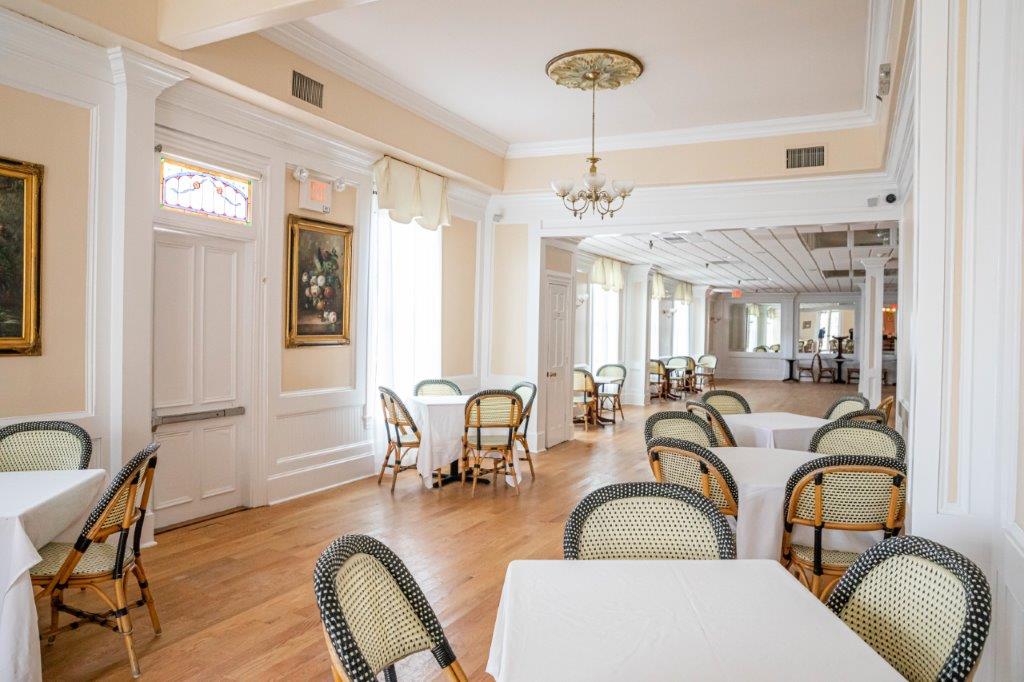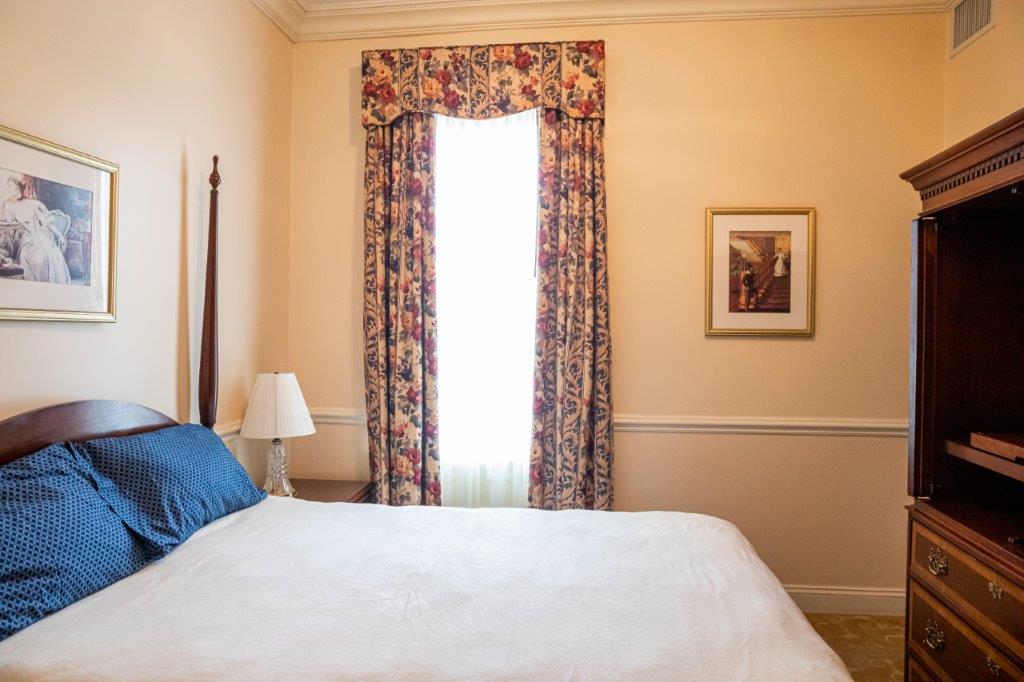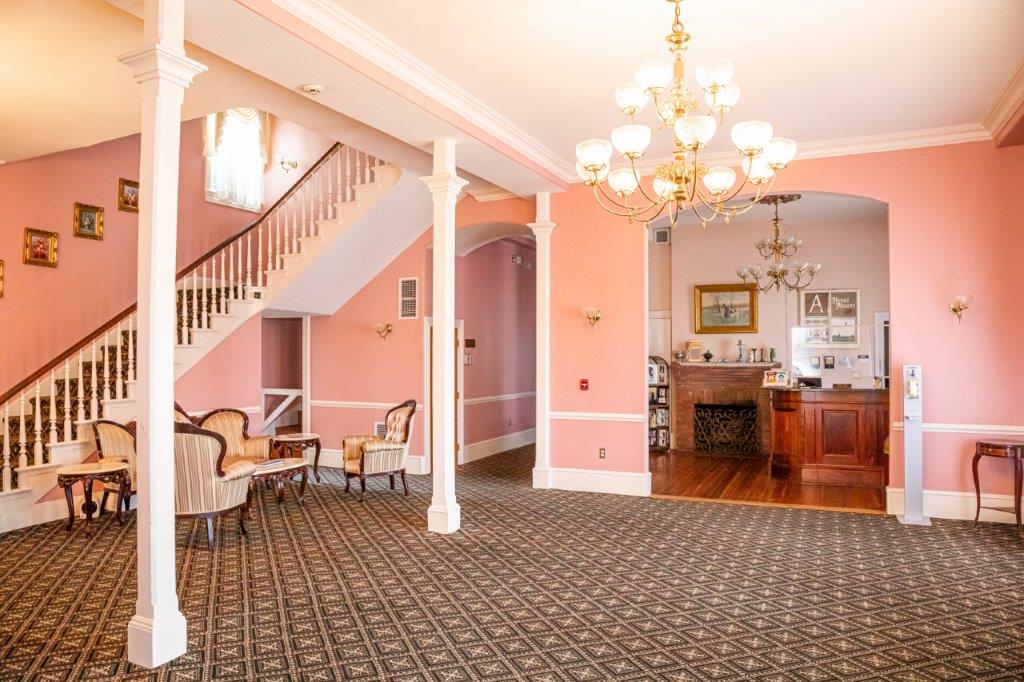
EMPLOYEE HOUSING BY THE BEACH
Located on the Southern tip of New Jersey, Cape May is a vacation destination with something for everyone.
Defined by its coastal charm and Victorian architecture, Cape May is a seaside escape with miles of pristine coastline,
quaint shopping districts, a picturesque lighthouse overlooking the Delaware Bay and Atlantic Ocean,
and celebrated restaurants featuring culinary creations from top chefs.
This season, Cape Resorts is excited to offer exclusive employee housing
located within the historic district of Cape May and only one block away from the beach.

Air Conditioning

On-Site Coin-Op Laundry

Free WiFi

Private Bathrooms


LIVING IN CAPE MAY
HISTORY OF CAPE MAY



Like many seaside towns lining the American Northeast, Cape May began its life as a fishing and whaling port. First settled by a branch of the indigenous Lenni-Lenape Tribe, the city was christened after Dutch captain Cornelius Jacobsen Mey who explored and charted the area between 1611–1614. It was later settled by New Englanders from the New Haven Colony.
At the dawn of the nineteenth century, members of Philadelphia society began to recognize Cape May’s benefit as a retreat from the city’s scorching summer heat. They embarked to the town in horse-drawn carriages and, later, stagecoaches — a two-day trip through the sandy roads of southern New Jersey. The first sloops from the city (also a two-day trip) arrived around 1815, followed by schooners and steamboats.
By the 1850s, Cape May had earned the title as America’s first seaside resort town. The perceived healing powers of sea water and the town’s incomparable beach, cooling summer breezes and fashionable world-class hotels made the town an irresistible attraction.
Throughout its history, Cape May has played host to a range of influential American figures, including several Heads of State. Distinguished visitors include Henry Clay, Franklin Pierce, James Buchanan, Ulysses Grant, Chester A. Arthur and Benjamin Harrison, the latter of whom named Cape May’s Congress Hall Hotel his “Summer White House” and conducted the affairs of state from inside the walls of the hotel. Many musicians and cultural celebrities also paid visit to the town such as John Phillip Sousa, who frequently conducted his band on the lawn of Congress Hall.
The second half of the 1800s saw a period of turmoil for the resort town. The onset of the 1860s brought with it the national strife of the Civil War, which polarized the city’s Southern plantation owner and Northern industrialist clientele. (Ultimately, Cape May aligned itself with the Union with rapturous enthusiasm at a December 1861 city hall meeting.)
In 1878, a massive fire broke out of the Ocean House on Perry Street. Cape May never stood a chance: its entire fire-fighting apparatus consisted of a single hand engine, 1,500 feet of rubber hose, three chemical units and a hook-and-ladder truck. A train was dispatched from Camden, 90 miles away, with a steam engine and a supply of hose, but by the time it arrived, four hotels, including Congress Hall, were ablaze. Fanned by a 36mph wind from the west, the fire spread further east, and by the day’s end early 40 acres of prime beachfront property had been completely destroyed.
From the ashes of the great fire, Cape May was able to rebuild. Prominent architects of the period flocked to the city with commissions to craft Late-Victorian masterpieces, each more grand than the last. One such architect was Stephen Decatur Button, who designed over 40 buildings in Cape May including the 1891 Italianate-style Atlantic Terrace Houses off of Jackson Street (four of which now make up the Virginia Cottages). Other architects credited with work in town include Frank Furness, Samuel Sloan, and Enos Williams.
Cape May continued to forge its place in history throughout the twentieth century. The island served as a key military station during World War II (relics of which include a lookout tower by Sunset Beach and a cement bunker on the beach by the Lighthouse.). While many neighboring shore towns opted to tear down many of their historic structures in favor of new development, Cape May recognized the value in its Victorian past. In 1970, the Historic District was added to the National Register of Historic Places, and in 1976 the town was listed as a National Historic Landmark.
Today, Cape May is in the upswing of a renaissance that uses the past to energize the present. The famous Gilded-age resorts and beach cottages have been restored to their former glory, and fresh and creative boutiques and restaurants can be found on every corner. Generations of vacationers have been charmed by this place over the centuries. Walking through the streets as a breeze blows in from the Atlantic, it’s easy to understand why.













